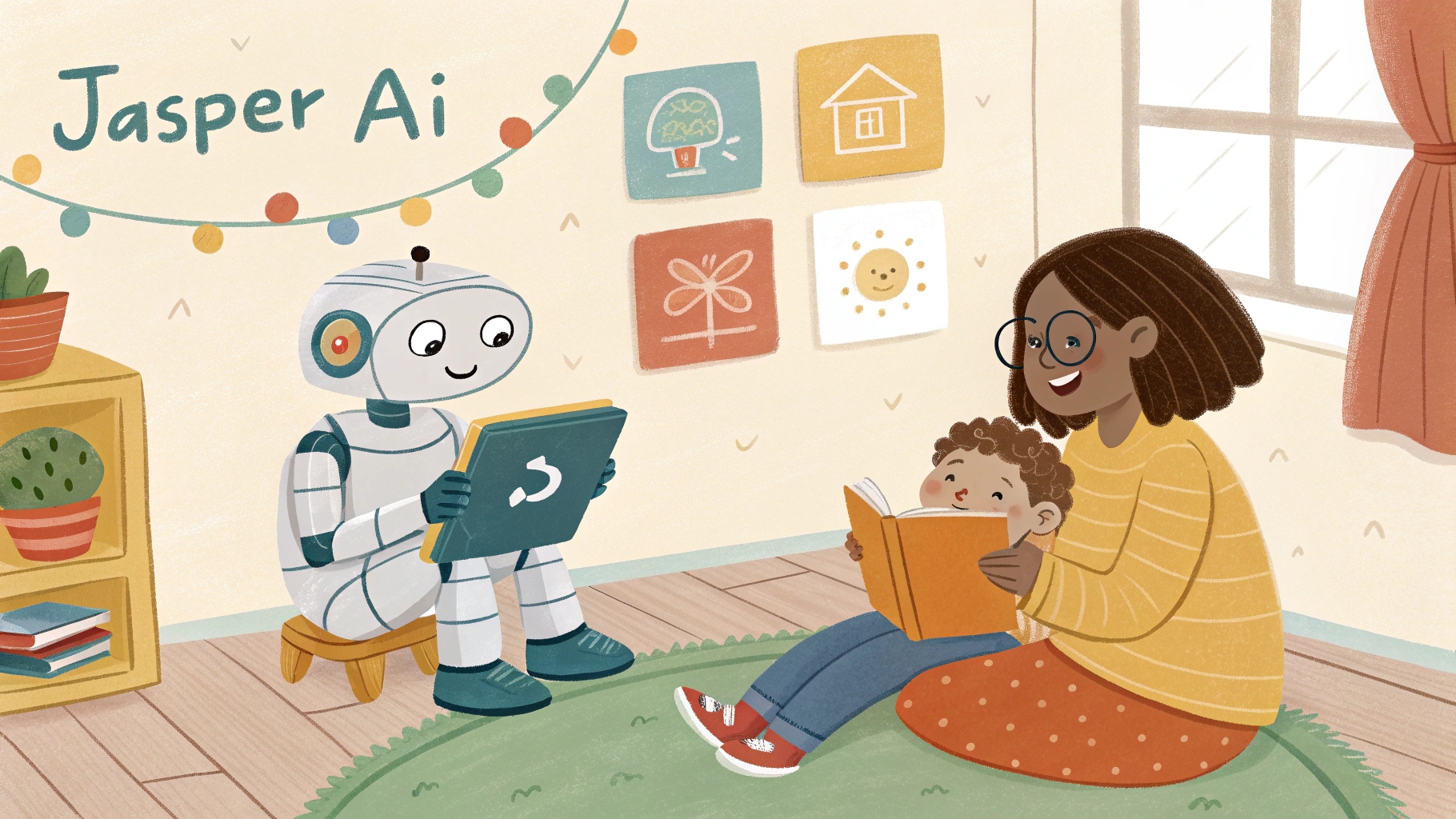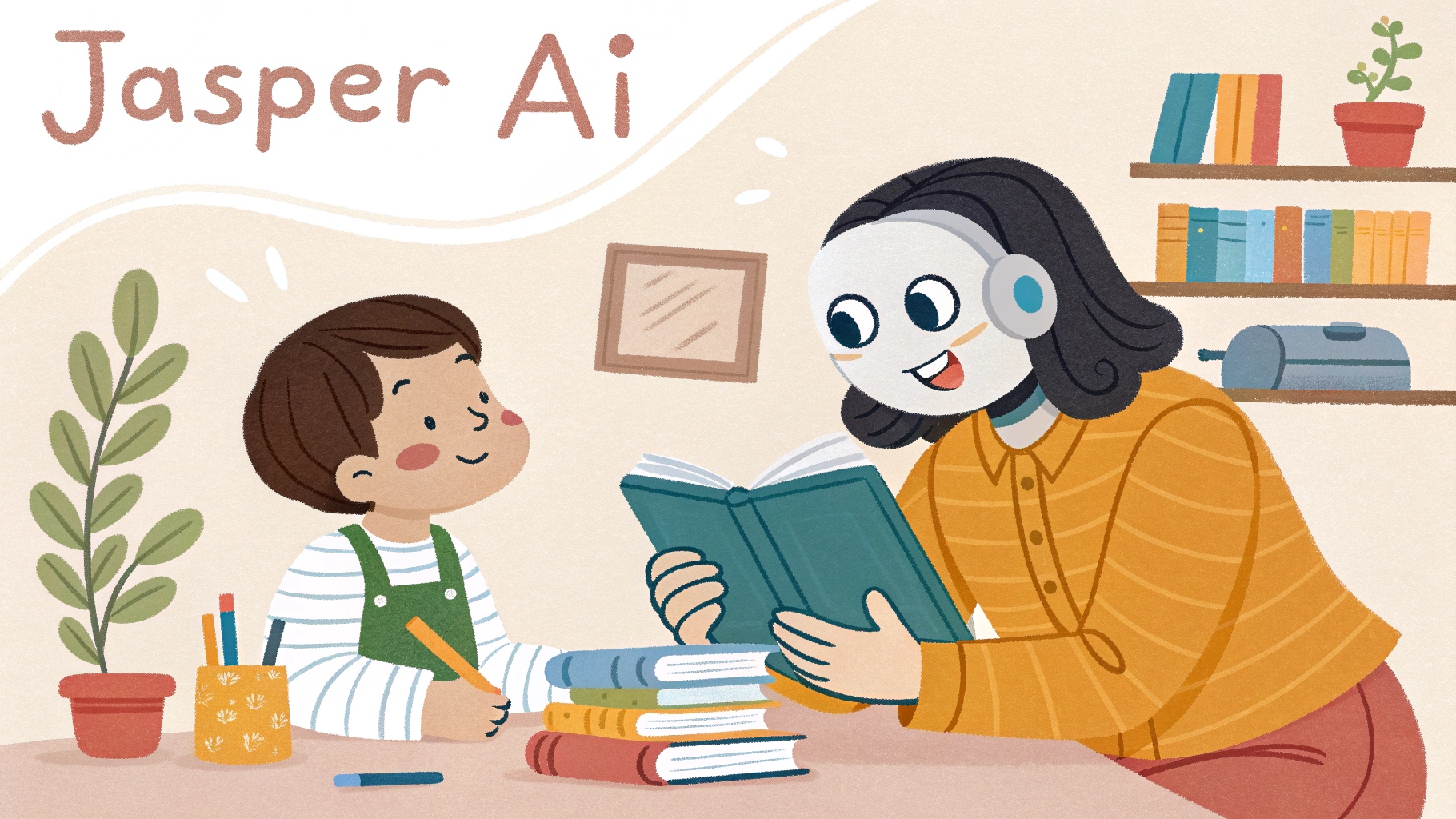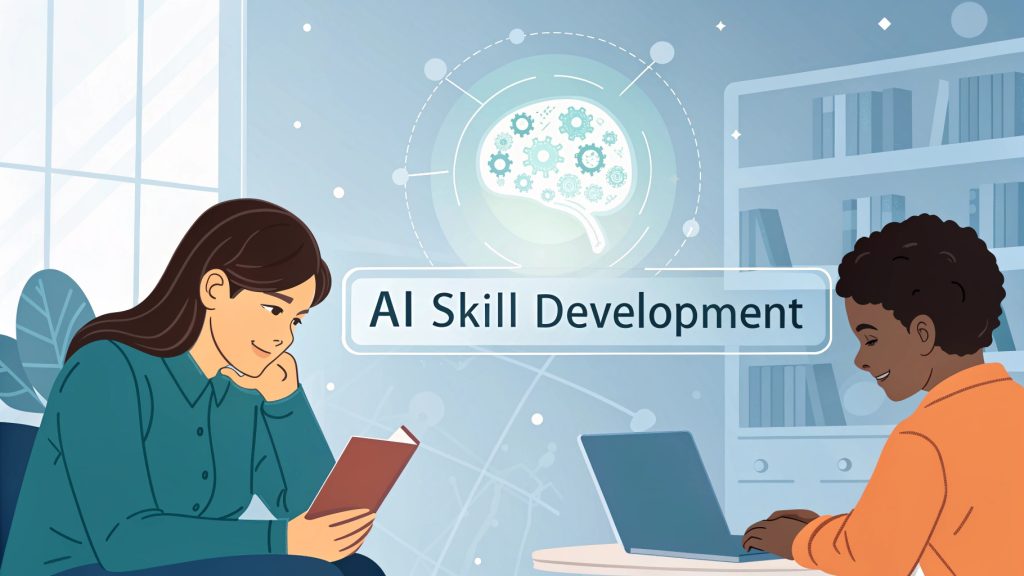
Can Jasper AI really personalize learning better than teachers? As assisted learning evolves, AI tools like Jasper are changing how students engage with content. This article explores how Jasper AI adapts learning experiences, compares it to teacher-led personalization, and reveals the powerful ways AI and educators can work together. Ready to see how technology is reshaping education?
Understanding personalization in assisted learning
What exactly makes learning “personal”? In assisted learning, personalization means tailoring education to fit each student’s unique needs. Understanding this is key to unlocking better learning outcomes. Let’s explore what personalization really involves and why it’s so important in today’s AI-powered classrooms.
What makes learning personal for students?
Every student learns in a slightly different way. Some like visuals, others prefer hands-on tasks. Some work best in silence, others thrive in discussion. Personalization in assisted learning means adapting to these preferences so students feel more connected and motivated. But here’s the twist, true personalization isn’t just about preferences; it’s about pace, support, and purpose.
Why personalization matters in assisted learning environments
When learning feels tailored, students engage more deeply. Think of it like a playlist made just for you, it hits different. Assisted learning becomes more effective when students see themselves in the process. Whether it’s simplifying a complex idea or offering content in a relatable tone, personalization turns generic learning into something meaningful.
How Jasper AI approaches personalization
Ever wondered how Jasper AI adjusts its content just for you? This AI uses smart techniques to personalize learning by adapting language, tone, and style. Discover the clever ways Jasper helps create an assisted learning experience that feels tailored to each student’s pace and preferences.
Adaptive language generation : How Jasper tailors content
Jasper AI uses natural language processing to adjust how it writes based on prompts. It can reword content, change formats, and generate new explanations that sound more like you, or the way you want to sound. For instance, a student struggling with formal tone can ask Jasper to “make this simpler” or “explain like a teenager.”
“Jasper doesn’t just write; it adapts to your request, your tone, and your level of understanding.” — AI Literacy Coach
Tone, style, and reading level adjustments with AI
One powerful feature of Jasper in assisted learning is its ability to change tone. You can ask it to rewrite a paragraph in a cheerful, serious, or even sarcastic tone. It can also simplify complex ideas, making texts suitable for younger readers or language learners. This flexibility allows students to interact with content at their own level.
What teachers do best in personalized learning
Can AI truly replace the human touch? Teachers bring emotional intelligence and real-time feedback that AI can’t replicate. Let’s dive into the unique role teachers play in personalized learning and why their presence remains essential even with powerful AI tools like Jasper.
Emotional intelligence and classroom dynamics
Teachers notice things AI can’t, like a student’s mood, frustration, or confusion. A teacher might pick up on when a student is zoning out or losing confidence and shift gears. That emotional sensitivity builds trust and helps teachers personalize their instruction in ways that technology simply can’t match.
Real-time feedback and student motivation
Jasper can suggest edits. But can it look into a student’s eyes and say, “You’ve got this”? Teachers can. Real-time feedback from a trusted adult encourages students to keep going, adjust, and grow. This motivation is a key part of personalized assisted learning that AI lacks.
Comparing Jasper AI vs teacher-led personalization
How does Jasper AI stack up against human teachers when it comes to personalization? Both have strengths and limitations in assisted learning. We’ll take a balanced look at where AI shines and where human insight still leads the way.
Strengths and limitations : A balanced perspective
Let’s compare both:
| Aspect | Jasper AI | Human Teachers |
| Speed | Instant text generation | Slower but more thoughtful |
| Context Awareness | Limited to prompts | Understands class history and emotions |
| Adaptability | Adjusts tone and style easily | Adapts lesson plans on the fly |
Where AI excels and where it falls short
Jasper AI shines when it comes to speed and rewriting. Need five versions of your essay in different tones? Done. But ask Jasper how you felt about a tough assignment? No clue. That’s where human intuition still rules.
Jasper AI uses advanced language modeling to create highly targeted educational content. If you’ve explored our post on AI vs teacher personalization, you know this debate isn’t simple. Want the full picture? Check out the foundational guide, Mastering Assisted Learning with AI. Also, compare Jasper’s approach with Neuroflash’s adaptability and Closerscopy’s tailored instruction.
Real classroom examples : AI and teacher collaboration
Wonder how AI and teachers work together in real classrooms? Assisted learning improves when Jasper AI supports projects and teachers refine the results. Check out practical examples showing this dynamic teamwork in action.
Case study : using Jasper AI to support individual projects
In one middle school project, students had to write a blog post. Teachers asked them to draft their ideas, then use Jasper AI to polish the tone or grammar. Students were amazed, Jasper helped make their writing clearer, but they still owned the ideas.
Teacher-led refinement of AI-generated content
After students used Jasper, the teacher stepped in to review and guide them on structure, logic, and originality. This dual approach helped students improve both their thinking and their expression. It wasn’t just about fixing grammar, it was about shaping thought.

Expert tips to use Jasper AI wisely in assisted learning
Want to get the best from Jasper AI? Assisted learning tools work best when used thoughtfully. Here are expert tips on setting clear goals and guiding students to review AI-generated content for maximum learning impact.
Setting learning goals before using AI tools
Before students start writing with Jasper, they need a clear purpose. Are they trying to explain something? Persuade? Describe? Setting goals helps make Jasper’s output more relevant. Without a goal, students risk getting content that looks good but says little.
How to guide students in reviewing and revising AI output
Jasper can give students a strong first draft, but reviewing is essential. Teachers can guide students to:
- Check if the content makes sense.
- See if the tone fits their audience.
- Revise to include personal opinions or reflections.
This teaches critical thinking—not just copy and paste habits.
Potential risks of over-relying on AI personalization
Is there a downside to leaning too much on AI for personalized learning? Over-reliance on Jasper AI might stunt creativity and social skills. Let’s uncover the risks and why balanced use of AI is critical in assisted learning environments.
Loss of creative thinking and critical reasoning
Relying too much on Jasper might make students lazy thinkers. Why brainstorm or outline if Jasper writes it for you? But assisted learning should support thinking, not replace it. Teachers can show how to balance AI help with personal effort.
Missing social-emotional learning opportunities
Jasper doesn’t build empathy, manage conflicts, or help students learn from mistakes. These soft skills are crucial and happen in real-life social settings, classroom debates, group work, and teacher-student talks.
Future of personalized assisted learning : AI and educators together
What’s next for assisted learning with AI like Jasper? The future lies in hybrid models where AI empowers teachers instead of replacing them. Discover how this collaboration promises deeper, more effective personalized learning for all students.
Building a hybrid model for deeper learning impact
The future isn’t “AI vs. teachers.” It’s “AI and teachers.” Combining Jasper’s speed with a teacher’s insight creates the best of both worlds. AI can handle drafts; teachers can guide ideas. That’s smart assisted learning.
Empowering teachers with AI instead of replacing them
When teachers use Jasper as a partner, not a replacement, they save time and improve lessons. They can focus on mentoring, feedback, and connecting with students. AI becomes a tool, not a threat.
“The smartest classrooms aren’t run by robots, they’re run by teachers who know how to use robots wisely.” — EdTech Integration Expert
In summary, Jasper AI offers impressive personalization through adaptive content and tone adjustments, but it cannot replace the emotional insight and motivation provided by teachers. The future of assisted learning lies in blending AI tools with human guidance for the best results. Join the conversation, share your thoughts, and explore more about assisted learning to stay ahead in this exciting journey.


